Artificial Intelligence, or AI for short, might sound like something from a sci-fi movie, but it’s actually all around us. From voice assistants like Siri and Alexa to recommendation algorithms on streaming platforms like Netflix, AI is becoming more and more a part of our daily lives. But how does AI work, and what are the stages it goes through to become the smart technology we rely on?
1. Data Collection: The first stage of AI is all about gathering information. Just like how we learn from our experiences, AI learns from data. This data can come from all sorts of places, like images, text, or even sensor readings. For example, if you want to teach a computer to recognize cats, you need lots of pictures of cats for it to learn from.
2. Data Preparation: Once the AI has collected the data, it needs to clean it up and get it ready for analysis. This means getting rid of any errors or inconsistencies in the data. Imagine if you were trying to bake a cake but had to pick out all the eggshells from the batter first – that’s kind of what data preparation is like for AI.
3. Data Analysis: Now comes the fun part – analyzing the data to find patterns and trends. This is where the AI starts to make sense of all the information it’s been given. Using complex algorithms, it can identify similarities and differences in the data and start to make predictions based on what it’s learned.
4. Model Training: Think of this stage as teaching the AI how to do its job. Just like how you might teach a dog to sit or fetch, you need to train the AI to perform specific tasks. This involves feeding it labeled data – for example, telling it which pictures contain cats and which don’t – so it can learn to recognize patterns on its own.
5. Testing and Evaluation: Once the AI has been trained, it’s time to see how well it performs. This involves testing it on new data that it hasn’t seen before to see if it can make accurate predictions. It’s kind of like giving a student a pop quiz to see if they’ve really learned the material.
6. Deployment: If the AI passes the test with flying colors, it’s ready to be deployed into the real world. This means putting it to work in whatever application it was designed for, whether that’s powering a self-driving car or helping doctors diagnose diseases.
7. Monitoring and Maintenance: Finally, just like how you need to take care of a plant to keep it healthy, you need to monitor and maintain the AI to ensure it keeps working properly. This involves keeping an eye on its performance and making any necessary tweaks or updates to keep it running smoothly.
So, those are the seven stages of AI – from collecting data to deploying it in the real world. While it might seem complicated, at its core, AI is really just about teaching computers to think and learn like humans do, albeit in its unique digital way. To experience conversational AI in a business scenario, it would be helpful to check out CleanDesk AI, a real world conversational AI platform at https://www.cleandesk.ai/. Get started with CleanDesk AI for free!
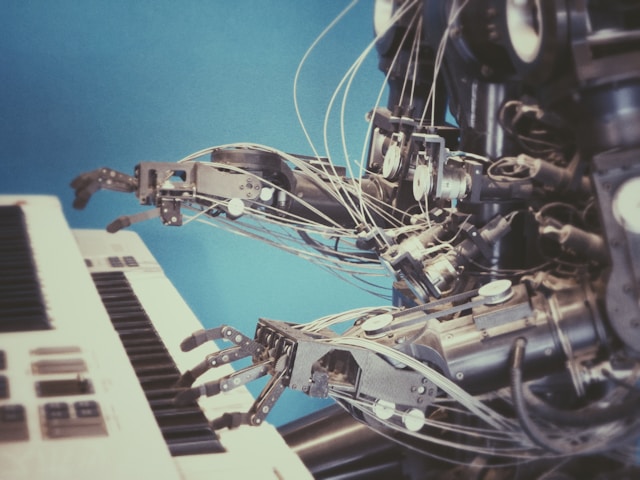

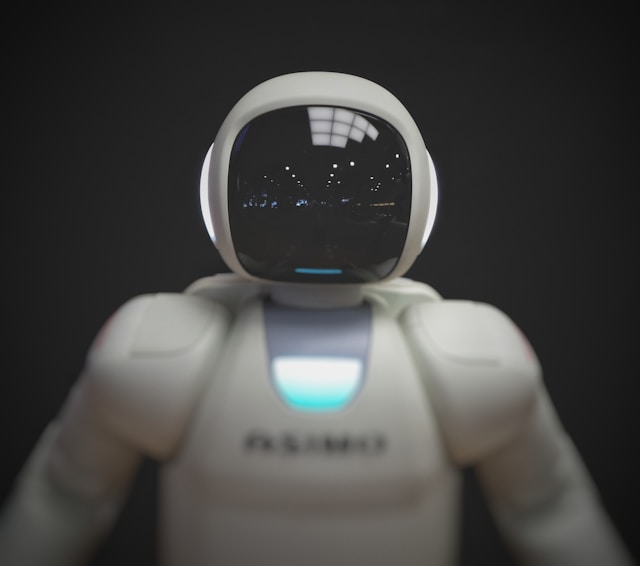
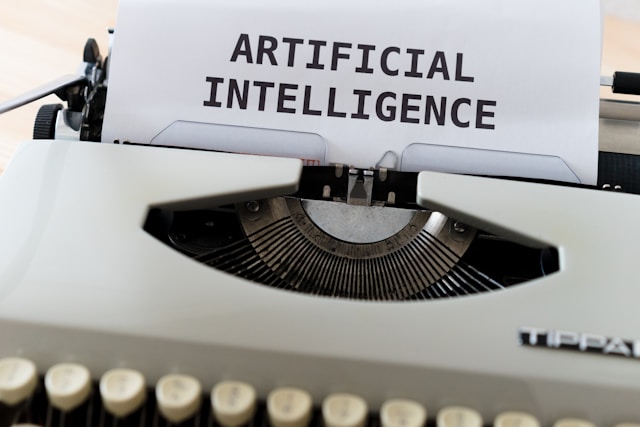
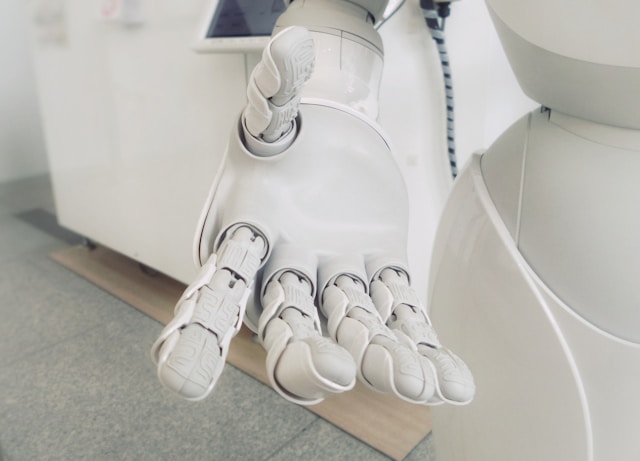

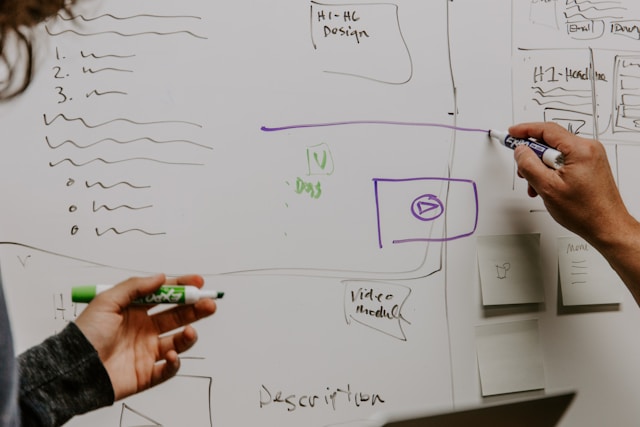
Leave a Reply